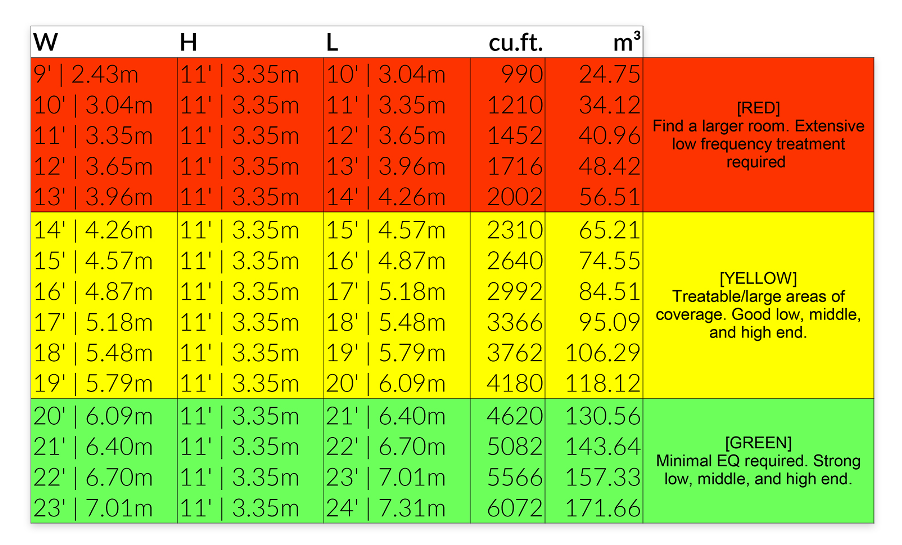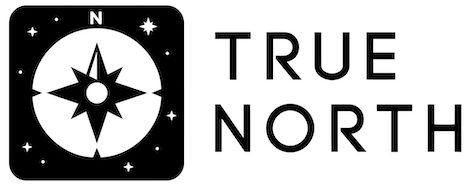All small rooms have low-frequency/bass problems. It is the result of a combination of small widths, lengths, and heights. There are certain ratios of these three dimensions that cause more bass problems than others. This guide will teach you all about room ratios so you can find the perfect size for your studio.
Waves vs Rays
Waves are low-frequency energies below 100 Hz. Waves of energy 30 Hz. long can be 38′ long in length and 15′ in height. How can a wave of energy 38′ long fit in any small room? The answer is that it can not. Nor can a 40 or 50 Hz. wave. Their lengths and heights will not allow them to fit into the room dimensions. When waves of energy like ocean waves do not fit, unwanted room modal pressure will be produced. The pressure that is created by the air between the wall surfaces excites the air and causes the air to move. This air movement produces audible sound distortion. This is what people refer to as “bass boom”.
| Frequency (Hz) | Speed of Sound (ft/s) | Wave Length (ft) |
|---|---|---|
| 20 | 1130 | 56.5 |
| 30 | 1130 | 37.7 |
| 40 | 1130 | 28.3 |
| 50 | 1130 | 22.6 |
| 60 | 1130 | 18.8 |
| 70 | 1130 | 16.1 |
| 80 | 1130 | 14.1 |
| 90 | 1130 | 12.6 |
| 100 | 1130 | 11.3 |
| 150 | 1130 | 7.5 |
| 200 | 1130 | 5.7 |
| 250 | 1130 | 4.5 |
| 300 | 1130 | 3.8 |
| 350 | 1130 | 3.2 |
| 400 | 1130 | 2.8 |
| 500 | 1130 | 2.3 |
Room Ratios
There are certain room ratios that minimize the low-frequency issues within the room. They have enough distance to allow for lower frequency energy to move more freely within the room. Not only do you need to be concerned about the room ratios, but you must also allow space for room treatment. Low-frequency pressure issues will need 12″ of space to treat correctly.
The chart below is our advice for recommended room size to help prevent low-frequency issues.

